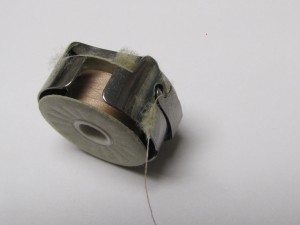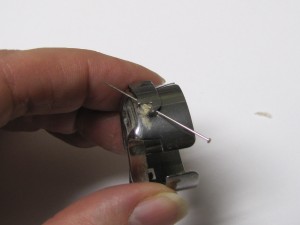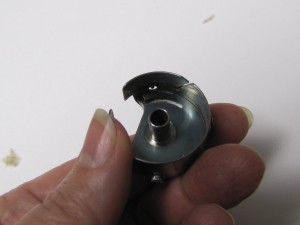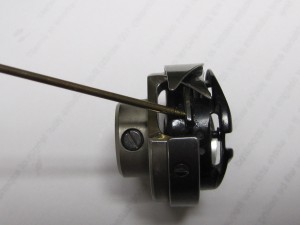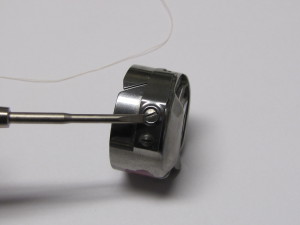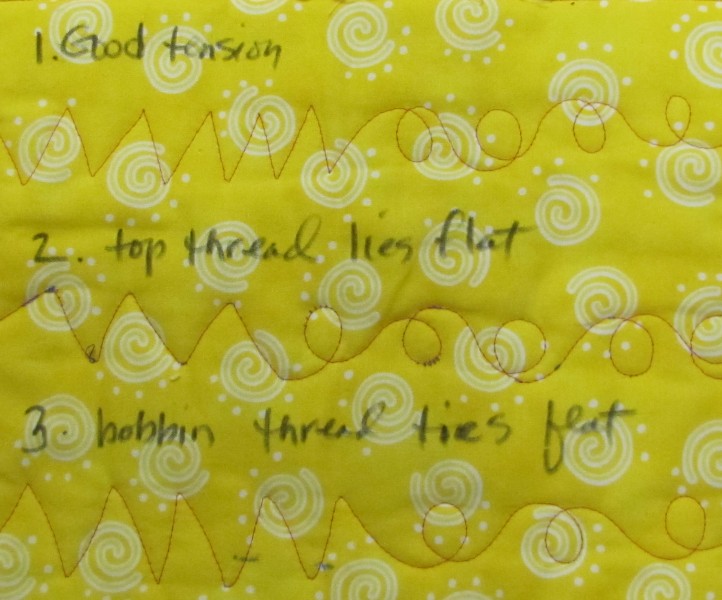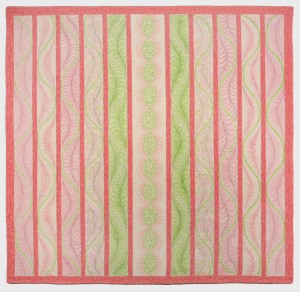Who knew? Thread shredding can also be caused by an overheated needle. You may find that some of the lustrous, beautiful, finer trilobal polyester threads (and yes, I am talking about Rainbows here, among others) will shred while you are going at high speeds. If this is happening to you, get your needle going at top speed for a good while while threaded, then stop the machine and touch your needle. Is it very hot? That may be your culprit.
You have a few options. One is slowing your machine down–both you, if you have a stitch regulator, and the machine, if you are using a high ‘cruise’ speed. Increasing your stitch length can help (longer stitch length = fewer stitches = slower speed). That’s easy to say, not so easy to do.
Another option is to switch to cotton or silk thread, which won’t be quite as affected by higher temperatures/speeds.
It also helps to understand that this problem will be worse stitching from right to left–and especially from front right to back left–as you face the machine. It is just one of those idiosyncrasies of design that can make you idiosyncrazy. (Hey, I think I just made up a new word! def: adj., both idiotic and crazy simultaneously) So, avoid stitching towards the left for long periods. You can try stitching a line from left to right, ending the stitch line, and starting the next one left to right again (instead of stitching right to left).
What makes you idiosyncrazy about quilting? I will try to answer it in a future post!
